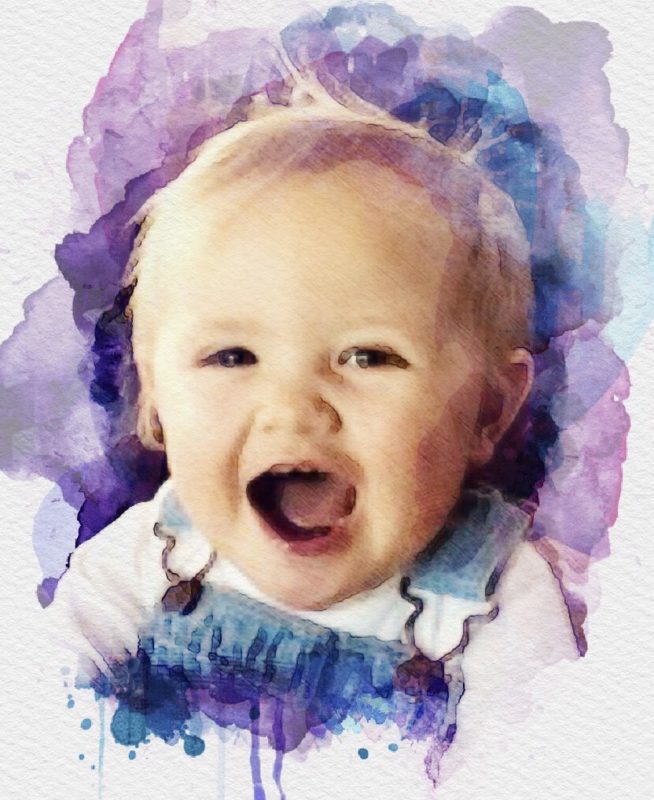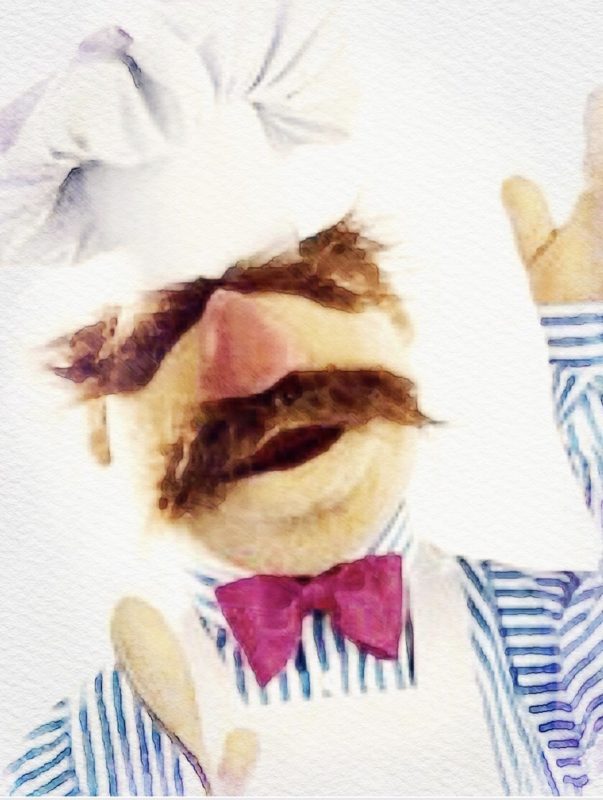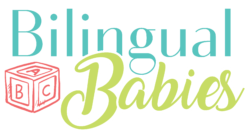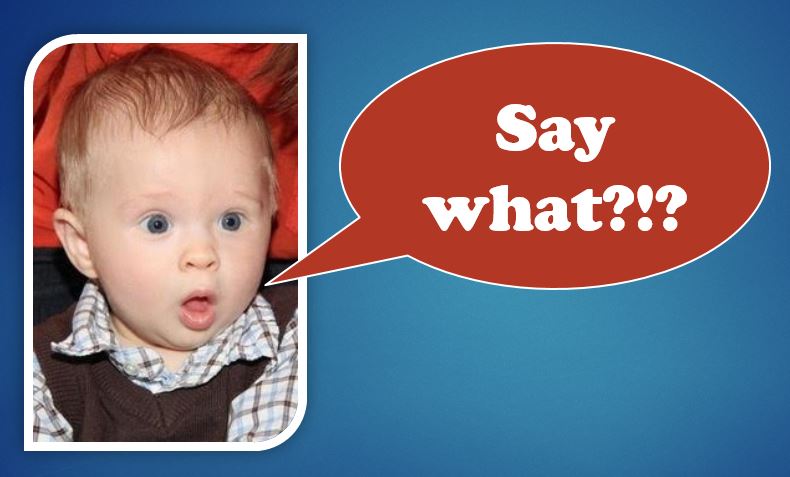Do you remember the first time you heard your baby say something? And I’m not talking about the gurgling or munching sounds they make in the very beginning. I mean something that almost sounds like part of a word. I remember when we heard our daughter, Ella, say something for the first time. It was shortly before Christmas 2016. Ella was about four months old. My husband and I were lying on the couch with her in-between the two of us. Ella was cooing and gurgling as usual, when all of a sudden she said “ba.” Hearing that soft, almost faint voice for the first time (other than for crying) was heart-warming and such a joyful moment.  While new parents like us tend to enjoy and treasure these moments, we oftentimes take speech and language development for granted. It is something that happens. Yet, when we take a moment to think about it, it is an amazing and miraculous process that many of us know very little about. Even though I work as a linguist in my daytime job, there were a few aspects that were new to me when I started to read up on babies’ first language acquisition.
While new parents like us tend to enjoy and treasure these moments, we oftentimes take speech and language development for granted. It is something that happens. Yet, when we take a moment to think about it, it is an amazing and miraculous process that many of us know very little about. Even though I work as a linguist in my daytime job, there were a few aspects that were new to me when I started to read up on babies’ first language acquisition.
Language development steps your baby takes during her first year.
The first aspect I came across in all books was that there is a difference between speech and language development. Speech describes the motor skills you need in order to produce sounds, syllables, words, and sentences like how to use your tongue to produce sounds. Language is what the sounds represent, what they mean (see MacRoy Higgins & Kolker, 2017, p. 34). By the way, around the world, babies develop their speech in much the same way—regardless of whether they are raised with one or more languages spoken at home. Here are some fundamentals on what I learned about the early stages of speech development during a baby’s first year.
Pre-birth
It starts in the womb! Baby is not even born and it already begins! Researchers found that babies already perceive language in utero. When my husband and I attended a prenatal class, the nurse who was teaching that class highlighted the importance to develop a routine talking to your baby inside the womb so she gets used to your voice and language. The nurse actually gave us the following advice: After delivery, the first thing you say to your baby should be something you said frequently when you talked to her inside the womb. She will recognize that and the sound of it will provide a token of familiarity in a world that is otherwise completely unknown and alien to her at that point.
- Talk to your baby even in the womb.
- Try to find a routine, something you say frequently such as “Hello!” Or “Hi, how are you doing?”—something you can also say as the first thing when you see your newborn.
0 to 2 months
Crying is your baby’s first language to express what she needs and wants. Babies are actually pretty avid and vocal communicators from day 1. They use different forms of crying to tell you what they need or want. Plus, there are a bunch of other sounds they make like grunts, burps, smacks, or coughs. Especially at night it sometimes seems as if you are sharing the room with a little piglet. As an already sleep-deprived new parent these sounds can drive you insane—especially at night. But then all of these sounds are normal. They mean that your baby is practicing the movements she needs to articulate sounds.
- Read your baby’s nonverbal cues
- Tell your baby what you are doing, for example, describing what you are doing when cooking dinner or doing dishes.
- Tell your baby about her world.
2 to 4 months
Cooing & laughter stage: Babies usually start cooing at this age. They also make guttural sounds like grrrr. They also start laughing or giggling at this age.
- Try to make regular eye contact with her.
- Try to get her to coo as much as possible—for example, while you’re changing her diaper.
4 to 6 months
Voice discovery stage: Babies will usually discover their voices. They will coo in different pitches and volumes: soft, medium, and loud. You will also hear all sorts of squeals, giggles, and yelps—like a baby opera singer!
You may also hear first vowel sounds like ‘a’ or ‘e’ (aaaahhh, eeehhh) and consonants such as ‘b’ or ‘d’.
- Try to engage her into conversations with her taking vocal turns.
6 to 9 months
Babbling stage: Babies begin to sit up which allows them to use their tongue, jaw, and lips more freely. So they have more motor control and begin to say more sounds, including consonants like ‘b,d,m,n’ and short vowels like ‘a,e,i,o,u’. The biggest step at this age is that babies start to string vowels and consonants together, which results in reduplicated babbling (bababa, mamama) and variegated babbling (badabada, wadawada).
- Respond to your baby’s sound as if you are having a conversation (even though you may have no idea what she is talking about).
- Try to get her to babble as much as possible.
10 to 12 months
Jargon stage: Babies begin to put random sounds together that mimic the intonation of words. Some scientists have compared it to how the Swedish Chef on The Muppets sounds.
- Look at your baby and have conversations with her.
- Model words for her. For example, when she says “ap” pointing at an apple, you can say “apple” to model the word for her.

Around one year of age you will probably hear the first words. It’s very likely that the first word contains a “ba” as in ball or baby. Ella’s first recognizable sound was “ba” and one of her first words were bye-bye, baby, and ball.
Speech and language development are related! The more a baby babbles, the more words they will produce early on. The more speech sounds they produce, the easier it will be for them to say new words. But even though we tend to compare our child to others, every baby is unique. So some reach a milestone earlier or later than others.
Download template to track your baby’s speech development:
Baby’s speech development_Milestones 0-12 months
Further readings:
- Babies learn to recognize words in the womb
- Understanding ‘ba ba ba’ as a key to development
- Kennison, S. (2013). Introduction to language development. SAGE.
- MacRoy-Higgins, M., & Kolker, C. (2017). Time to talk. AMACOM. New York, NY.

